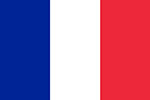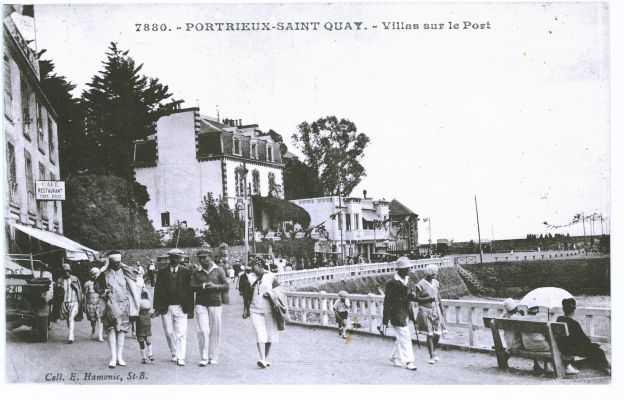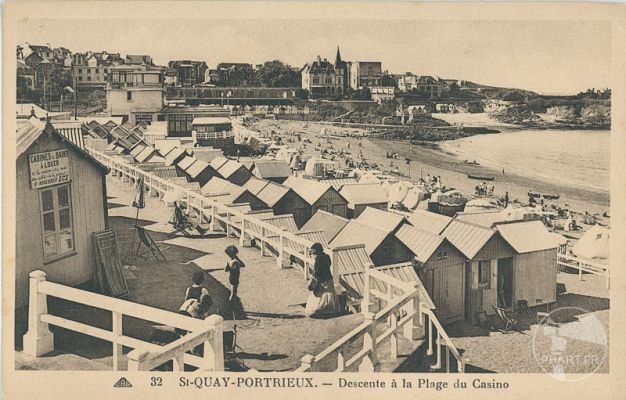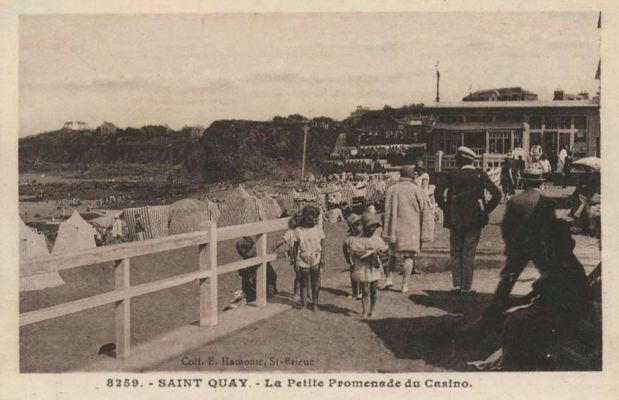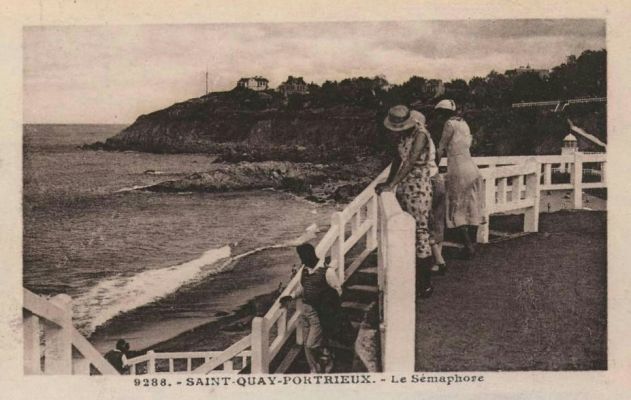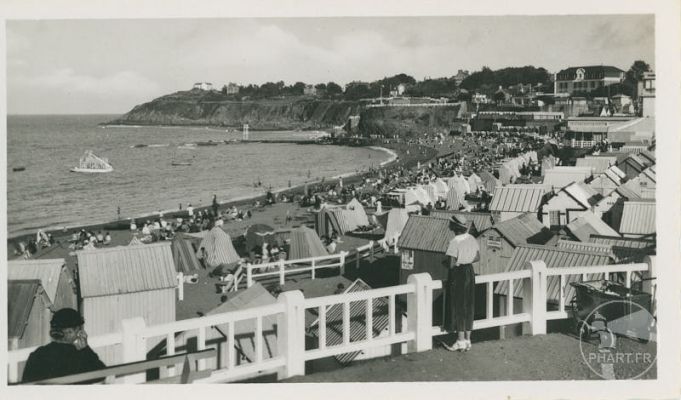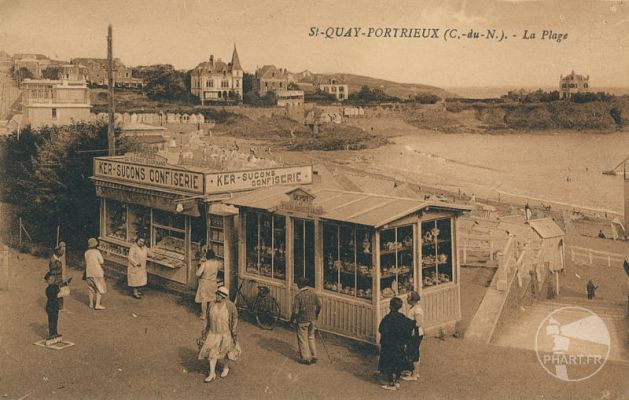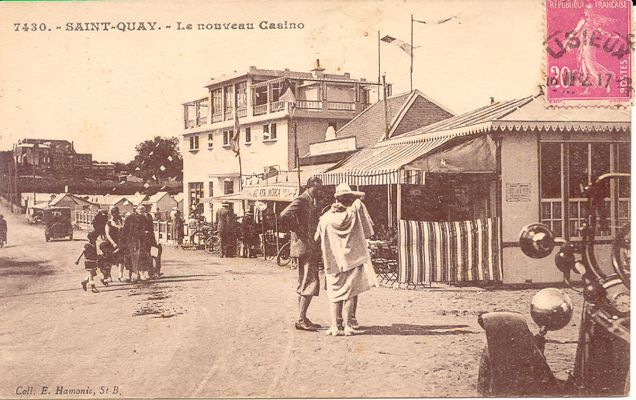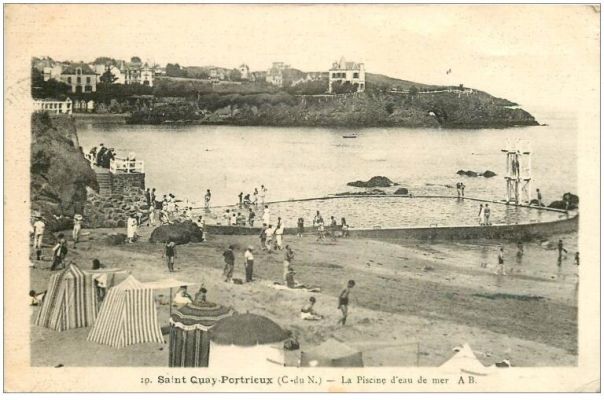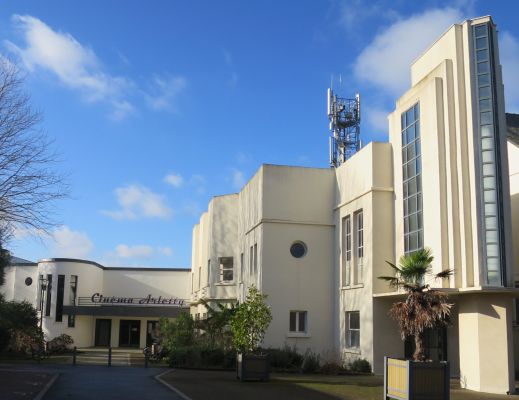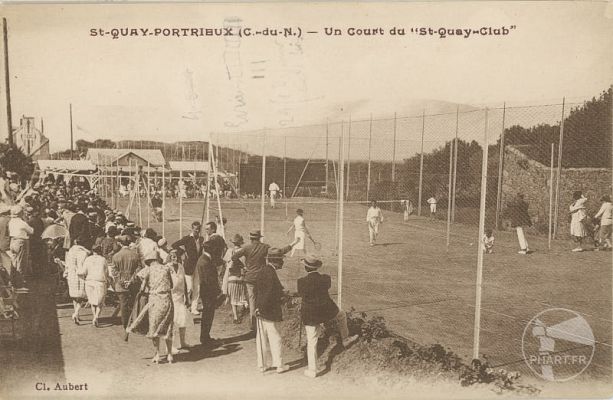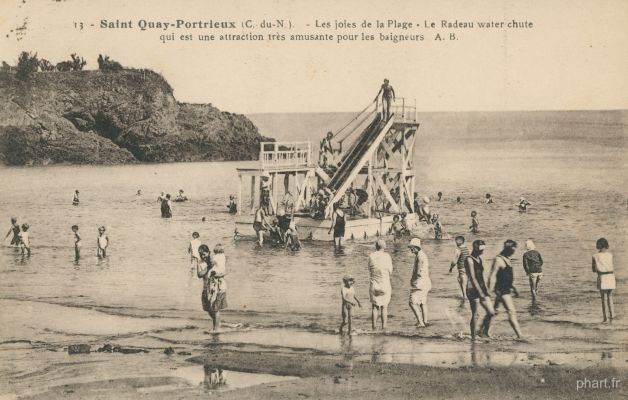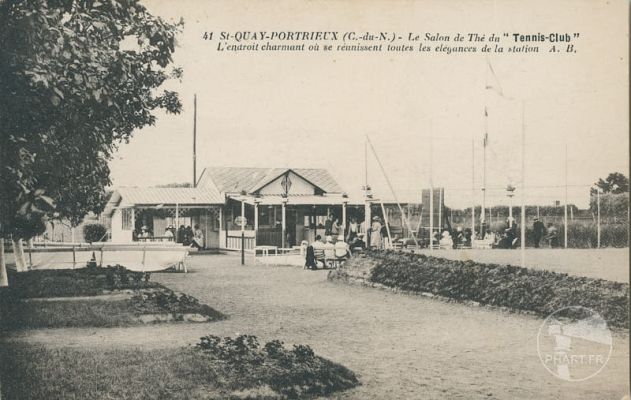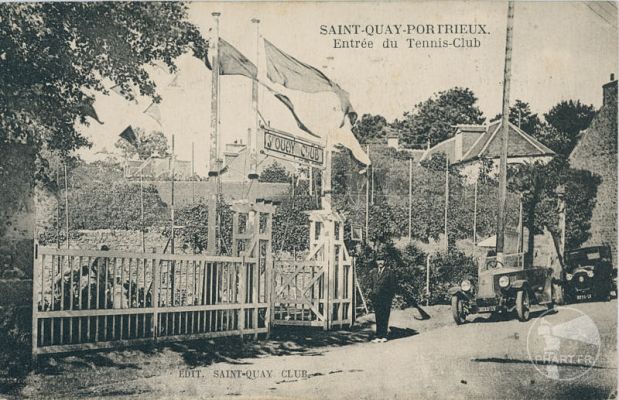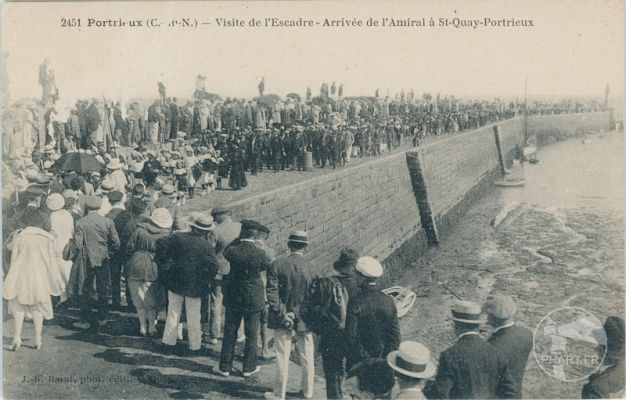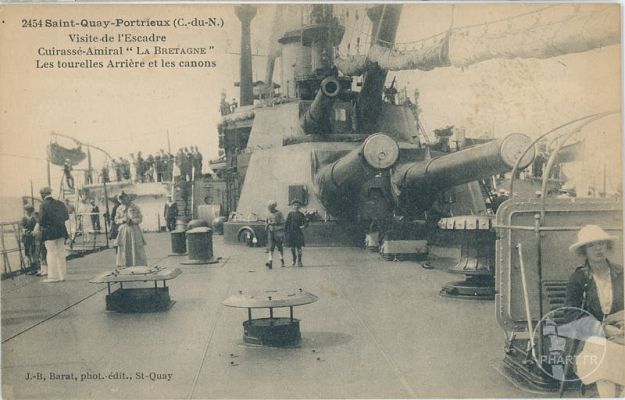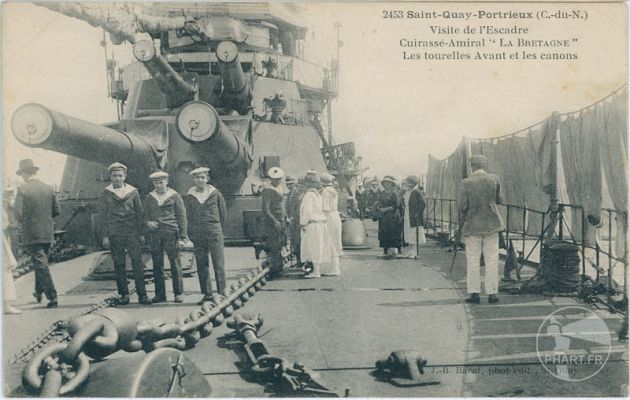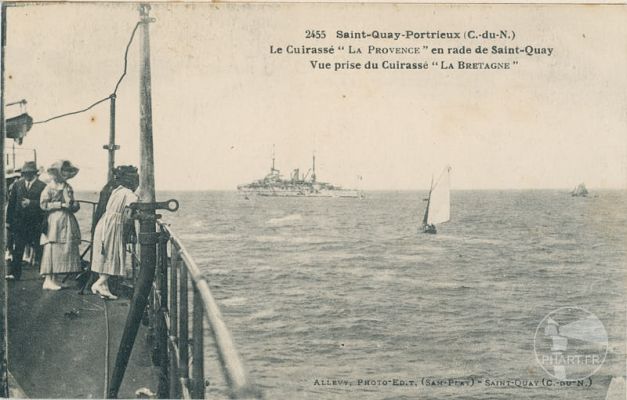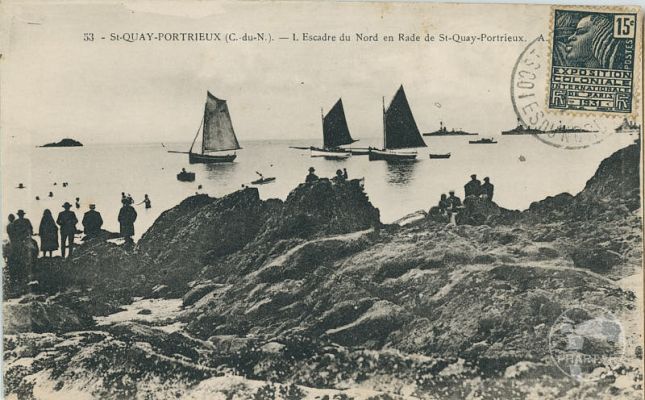1919-1941 – THE GREAT TRANSFORMATIONS
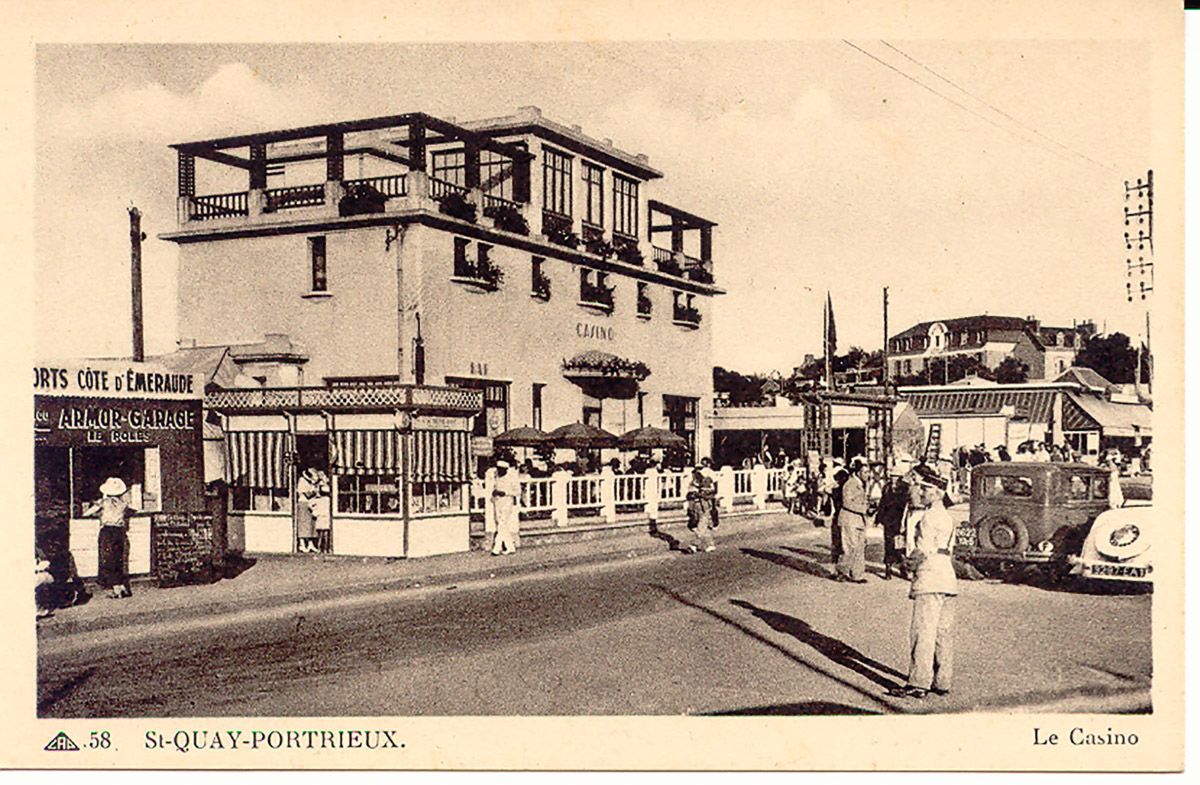
Alfred Delpierre (1874-1957)
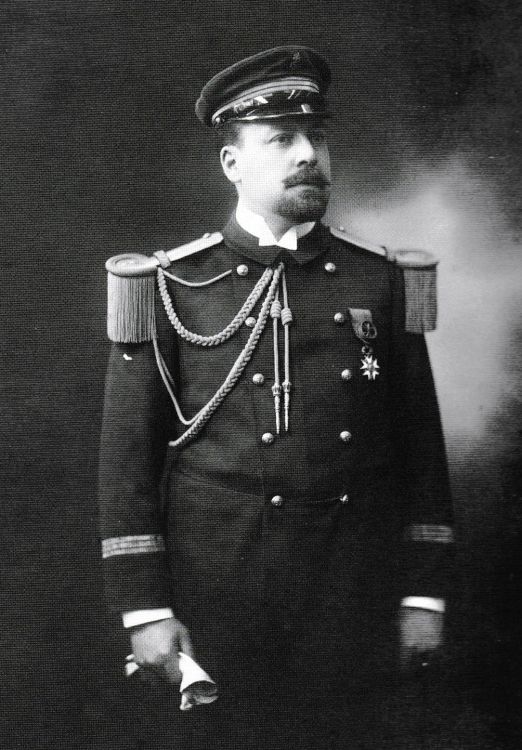
Alfred Delpierre, born near Rouen, made his career in the navy. After some ten years at sea, Commandant Delpierre became editor of various naval journals, and then director of the moniteur de la flotte, a staff publication. In 1915, he was appointed head of the office of the Secretary of State for the Navy, which enabled him to meet a number of privileged people, and soon, thanks to his connections, to frequent Monaco’s high society.
After the First World War, through the mediation of Count Bazil Zahroff, Alfred Delpierre became president of the prestigious Société des bains de mer, founded to manage Monaco’s Monte Carlo casino.
As the owner of a residence in Saint-Quay-Portrieux, this appointment was to inspire him to develop this welcoming seaside community, where sea bathing enjoyed a certain success. He was elected mayor in 1919, with the ambition of turning this family resort into “a little Monaco”.
He was mayor until 1941, and during his 20 years in office, he profoundly transformed Saint-Quay-Portrieux.
Alfred Delpierre died in Monaco in 1957. The present-day town hall was built on the site of his Quinocéenne villa, “Les Roses”.
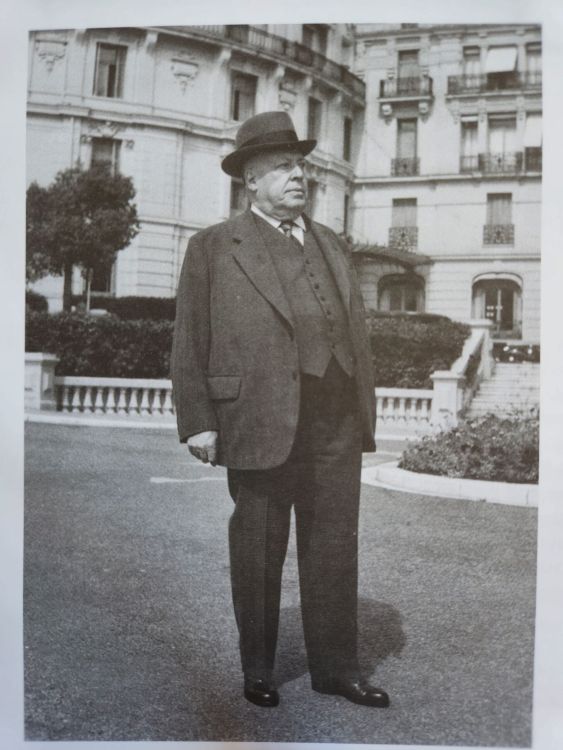
Achievements of the Delpierre years
Alfred Delpierre was far-sighted, and proposed a veritable “beautification plan” for the town, including the construction of new thoroughfares, a number of public gardens, beachfront development and major tourist facilities. This plan will be almost complete by the end of his term of office. It has enabled Saint-Quay-Portrieux to become what it is today.
Begun by previous mayors, but far from completed, work on the sewerage, water supply, gas and electricity networks has been resumed. Indispensable for welcoming tourists in good conditions, they will be carried out gradually.
Next come the more tourist-oriented developments.
The area around the beaches is being organized. Above Saint-Quay beach, the old cemetery has been moved to create a promenade terrace and space for shops and bars. Along the Portrieux harbor, a promenade has been planted with palm trees.
The coastal path has finally been completed, thanks to the purchase of numerous private plots of land that stretched right down to the sea.
All these paths are lined with the famous white “Delpierre barriers”, Saint-Quay-Portrieux’s signature. The town still owns the molds.
From 1929, the municipality launched the construction of four major facilities:
- The cinema-dancing (see sign “Cinéma-Dancing”), designed by architect Jean Fauny, is an art deco jewel, listed in the supplementary inventory of historic monuments since 1995.
- The Casino, at the center of festivities in Quinocé, had a remarkable distinction: it was also one of the first thalassotherapy establishments. (see section: “Casino and swimming pool”)
- The “nautical stadium”, comprising a seawater pool with an original shape and a two-storey wooden diving board, was used for swimming lessons and competitions. The two-story wooden diving board was later converted. (See “Casino and swimming pool”)
- Finally, tennis courts were built, as well as a clubhouse where social life was organized. Now more than a century old, but in a different location, the tennis club still hosts a renowned summer tournament.
On the beaches, the layout of the cabins is organized, the beaches are equipped with rafts with toboggans, and the safety of bathers is ensured by teams of “beach guards” installed in lookout posts.
These innovations and the high quality of the entertainment program, both sporting and festive, attracted a wealthy clientele. The number of hotels and restaurants soared, as did the number of seaside villas. This was the heyday of Saint-Quay-Portrieux’s development, until the years leading up to the Second World War. In 1921, Saint-Quay-Portrieux was classified as a “tourist resort”, and in 1930 as a “health resort”.
The parties of the Roaring Twenties!
These facilities enabled Saint-Quay-Portrieux to shine particularly brightly during the “Roaring Twenties”.
Alfred Delpierre had many contacts both in the army and in Monaco’s high society. They enabled him to invite prominent personalities and naval squadrons to the Portrieux harbor on a regular basis. For several years, these “squadron visits” were the occasion for sumptuous July 14th celebrations.
The casino, with its bar, gambling halls and dance halls featuring live bands, is at the heart of every party. Josephine Baker is said to have been here several times.
During the summer season, in addition to screenings and theatrical performances at the cinema-theater, concerts are organized in the public gardens, as well as car parades and elegance contests. Fireworks light up the evenings.
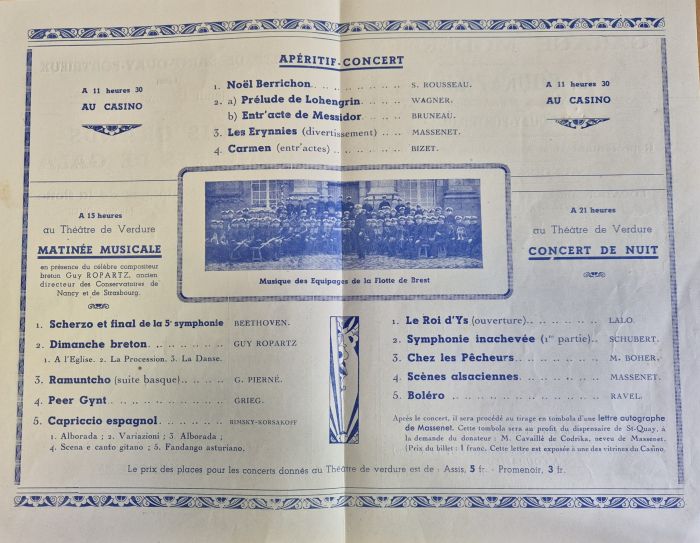
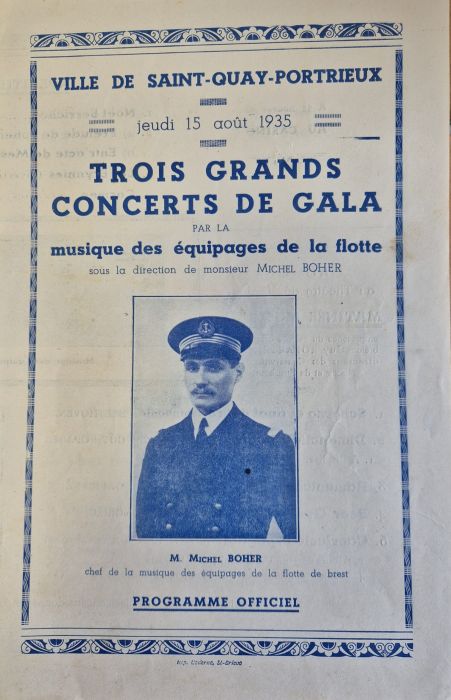
On the sporting front, the “Musketeers” – Lacoste, Borotra and Cochet – perform in tennis competitions; the nautical stadium at the seawater pool hosts diving competitions; horse races are held at Pré Mario; numerous regattas are organized in the bay; seaplanes land in front of the port.
August 15 is a time of great popular festivities. Everyone takes part in the floral decorations for the fête Dieu, and a flower festival sees the parade of floral floats from the different districts.
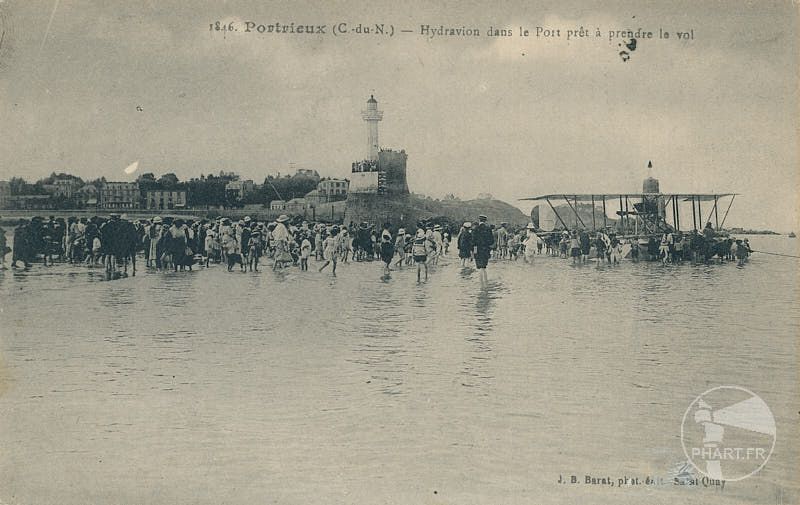
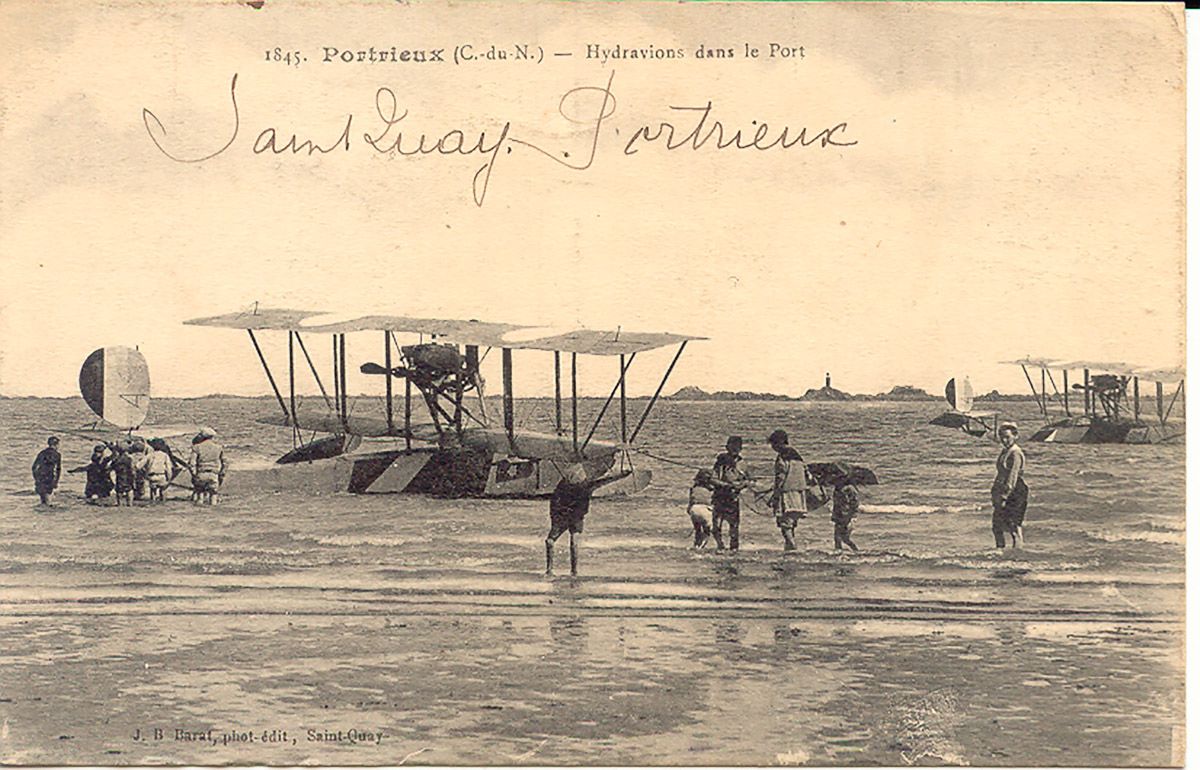
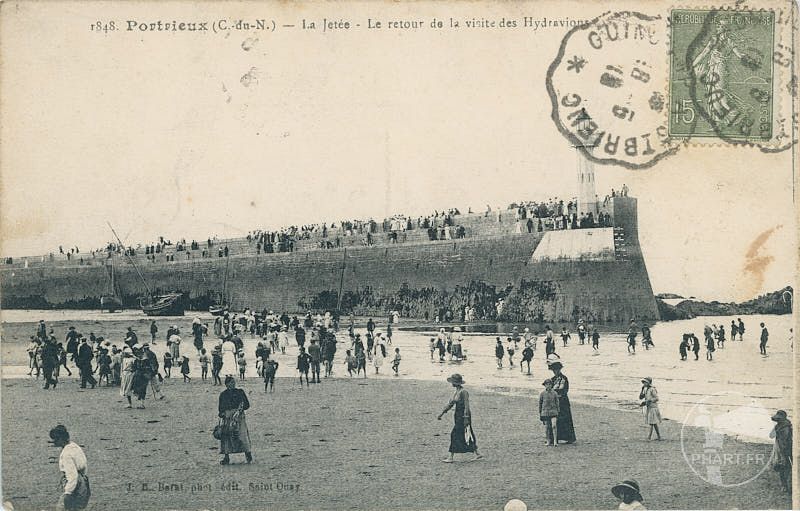
With the approach of the Second World War, these festivities lost their lustre.
These facilities still contribute to the charm, vitality and renown of Saint-Quay-Portrieux.
